
Join 10k+ people to get notified about new posts, news and tips.
Do not worry we don't spam!

Post by : Anis Farhan
Politics is no longer confined to parliament halls and televised debates. Instead, it has increasingly shifted to TikTok feeds, Instagram Reels, and YouTube vlogs. In the modern media landscape, politicians are not just lawmakers; they are content creators, live streamers, and viral sensations. The traditional image of a buttoned-up politician delivering carefully crafted speeches has evolved into a more informal, camera-facing personality aiming to connect with citizens on a personal level. This shift from formal to relatable is not just a change in aesthetic—it is a strategy rooted in public engagement, digital reach, and influence.
The rise of social media has leveled the playing field. Politicians no longer need a prime-time news slot to reach millions. Platforms like Facebook Live and X (formerly Twitter) Spaces allow real-time interaction with constituents, blurring the lines between governance and entertainment. Leaders across the globe now address their followers directly through livestreams, often discussing issues ranging from national security to their favorite movies. These digital appearances are carefully curated, making politics feel less institutional and more personal.
What began as a tool for direct communication has transformed into a platform for influence. Much like lifestyle influencers, politicians are now seen promoting not just policies, but their personal brands. Their social media timelines are a mix of political commentary, family moments, fitness routines, and behind-the-scenes glimpses of their lives. This makes them more relatable, especially to younger voters who are more likely to engage with someone they feel they “know” than with a faceless institution.
By tapping into viral trends, hashtags, and meme culture, these public figures ensure they remain relevant and part of the ongoing social conversation. The intent isn’t just to inform but to stay visible, likable, and above all, shareable.
A politician's aesthetic today is as important as their policy. Their image is meticulously curated—from the hoodie-clad, coffee-sipping reformist to the suit-wearing, statesman-like diplomat. What they wear, how they talk, the slang they use—all form part of a carefully constructed identity meant to resonate with specific demographics. In this influencer era, visuals speak louder than manifestos.
Some even adopt the aesthetics of activist influencers: casual clothes, unfiltered photos, and vlog-style videos, presenting an image of honesty and accessibility. Their digital footprint is designed not just for transparency but for traction.
Election campaigns have undergone a revolution. Gone are the days when rallies and posters did all the work. Today, a digital content team often works behind the scenes to churn out high-quality videos, interactive posts, and shareable graphics tailored for different platforms. Campaigns resemble brand launches more than political movements, complete with teaser trailers, countdowns, hashtags, and “exclusive” drops.
Many politicians now have media teams that rival those of high-profile YouTubers. Their content is optimized for algorithms, often built around short attention spans and tailored messages. A single 30-second video can now have more impact than an hour-long debate.
The era of powerful orators is slowly being overshadowed by politicians who understand engagement metrics. Likes, comments, and shares often take precedence over rhetorical finesse. Being 'real' and 'relatable' has become more valuable than being intellectual or deeply philosophical. The politician of today must be meme-friendly, quick-witted, and digitally fluent.
This shift has caused both admiration and concern. On one hand, it makes politicians more accessible. On the other, it risks oversimplifying complex issues for the sake of virality. Attention spans are shorter, and nuanced policy discussions often lose to punchy soundbites and trend-chasing posts.
Several politicians across countries now function like digital influencers. In the US, figures like Alexandria Ocasio-Cortez use Instagram Live sessions to discuss policy while cooking dinner, blending relatability with policy insight. In Europe, digital campaigns have become the norm, with leaders using platforms like TikTok to engage younger voters. Meanwhile, in countries like Brazil and the Philippines, influencer-style political engagement has become central to campaign strategy, leveraging humor, music, and virality to shape public perception.
This global trend reflects a broader shift in how citizens engage with politics. The demand is no longer just for leaders—but for personalities who feel present, authentic, and emotionally resonant.
While this fusion of politics and entertainment boosts engagement, it brings inherent risks. The need for constant content creation can reduce governance to a performance. Important decisions may be overshadowed by personal antics or PR stunts. More dangerously, misinformation can spread quickly when packaged with charisma and confidence.
The danger lies in the blurring of lines: when politicians become performers, the electorate risks voting based on personality rather than policy. This performance-driven culture can diminish the accountability that comes with holding public office, turning politics into a game of optics.
This shift toward influencer-style politics is redefining democratic engagement. Citizens no longer rely solely on journalists or official press conferences to understand their leaders. Instead, they scroll through updates, tweets, or TikTok clips to form opinions. This evolution has made politics more inclusive and direct—but also more chaotic and harder to regulate.
On one side, it democratizes information and creates space for two-way interaction. On the other, it increases susceptibility to manipulation and emotional decision-making. As this influencer era matures, both politicians and voters will need to balance relatability with responsibility.
This article is a work of original journalism written exclusively for Newsible Asia. It is based on publicly available information, cultural observations, and social analysis to inform, educate, and engage readers. All opinions or interpretations expressed are presented in a human-written, natural tone for general understanding and do not constitute any form of professional advice.

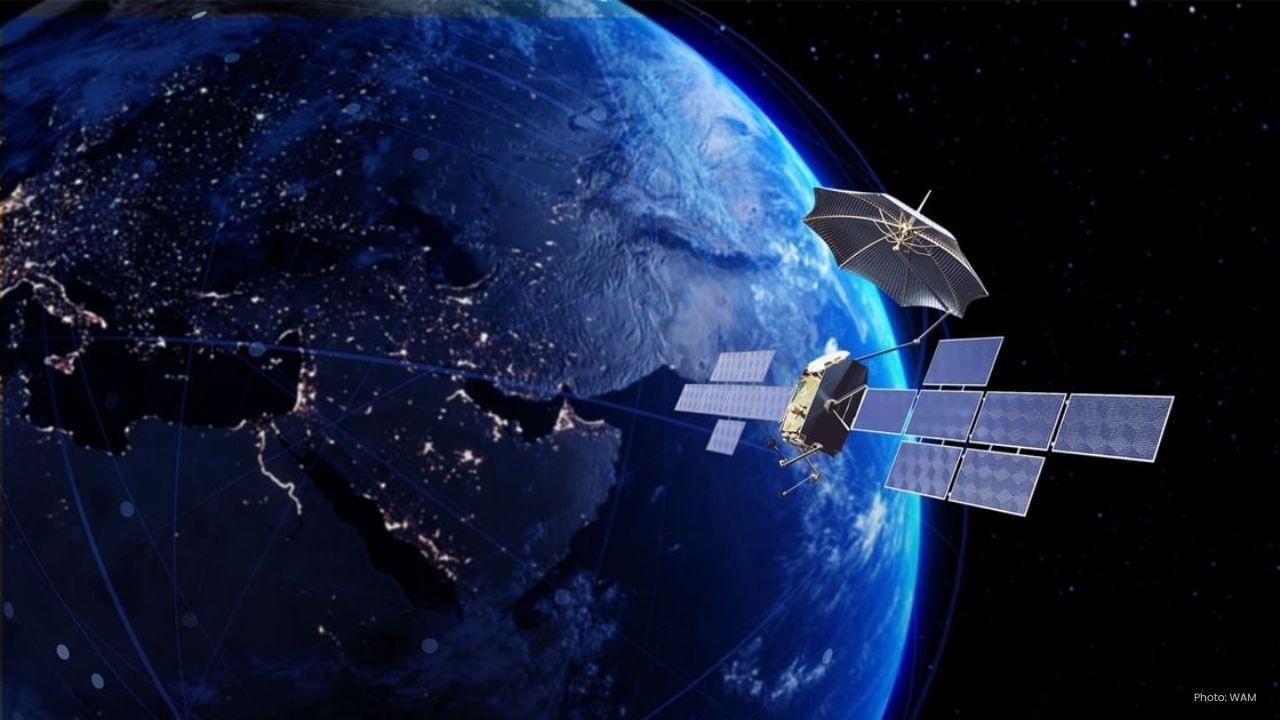

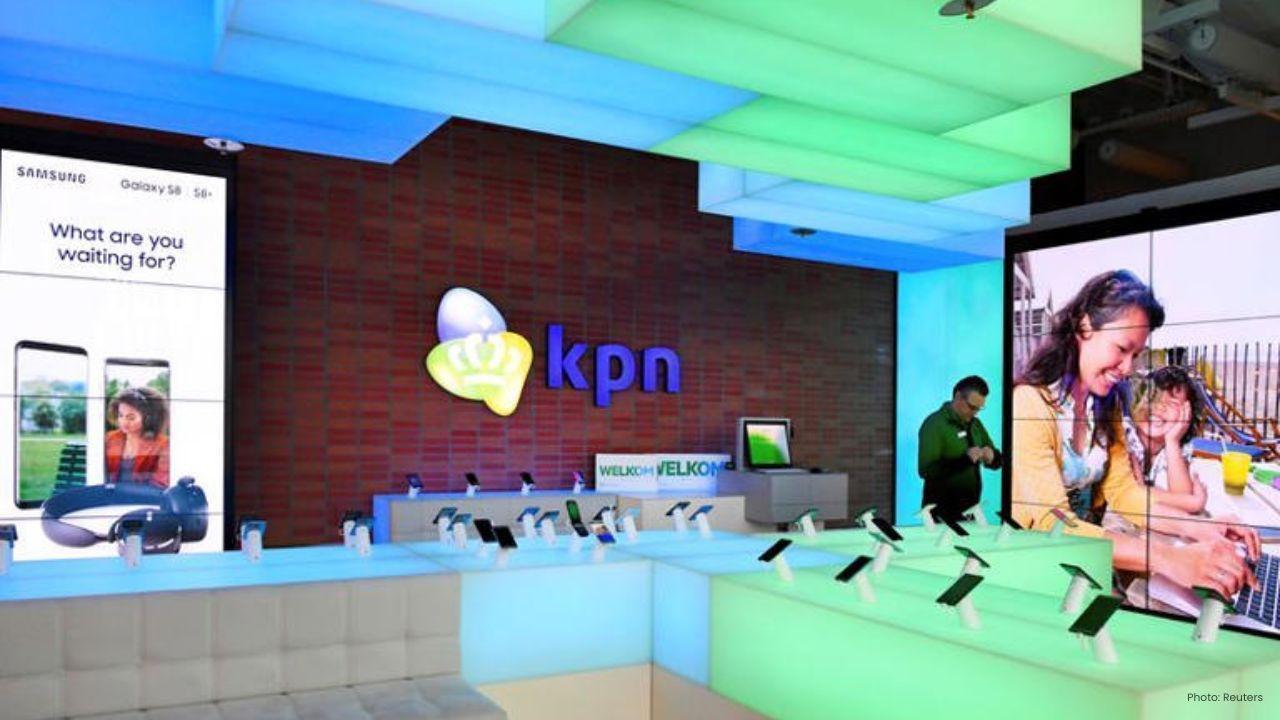

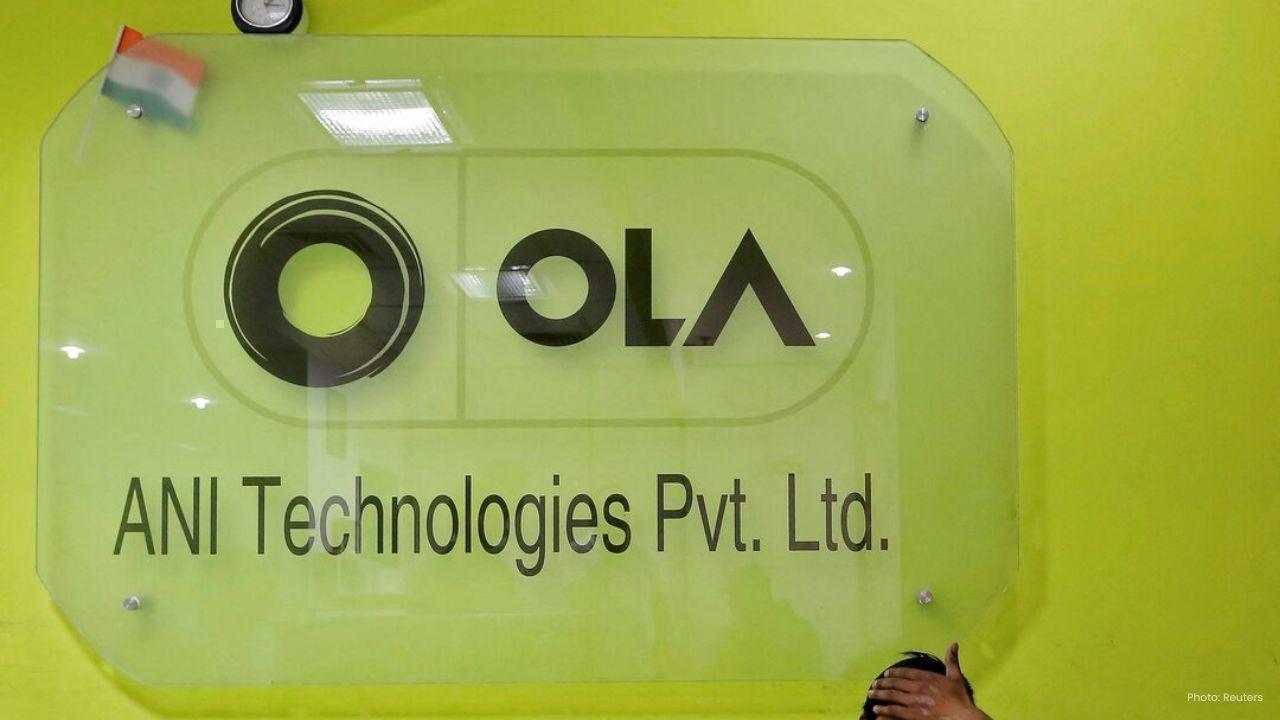
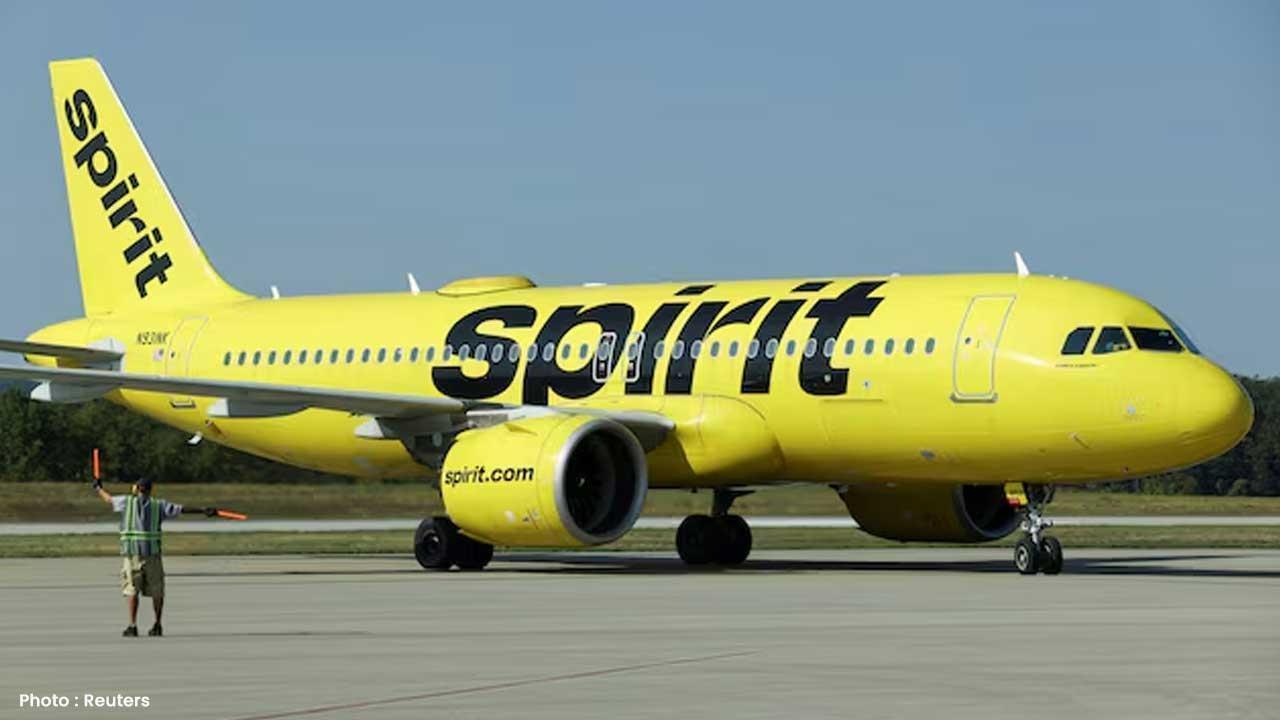

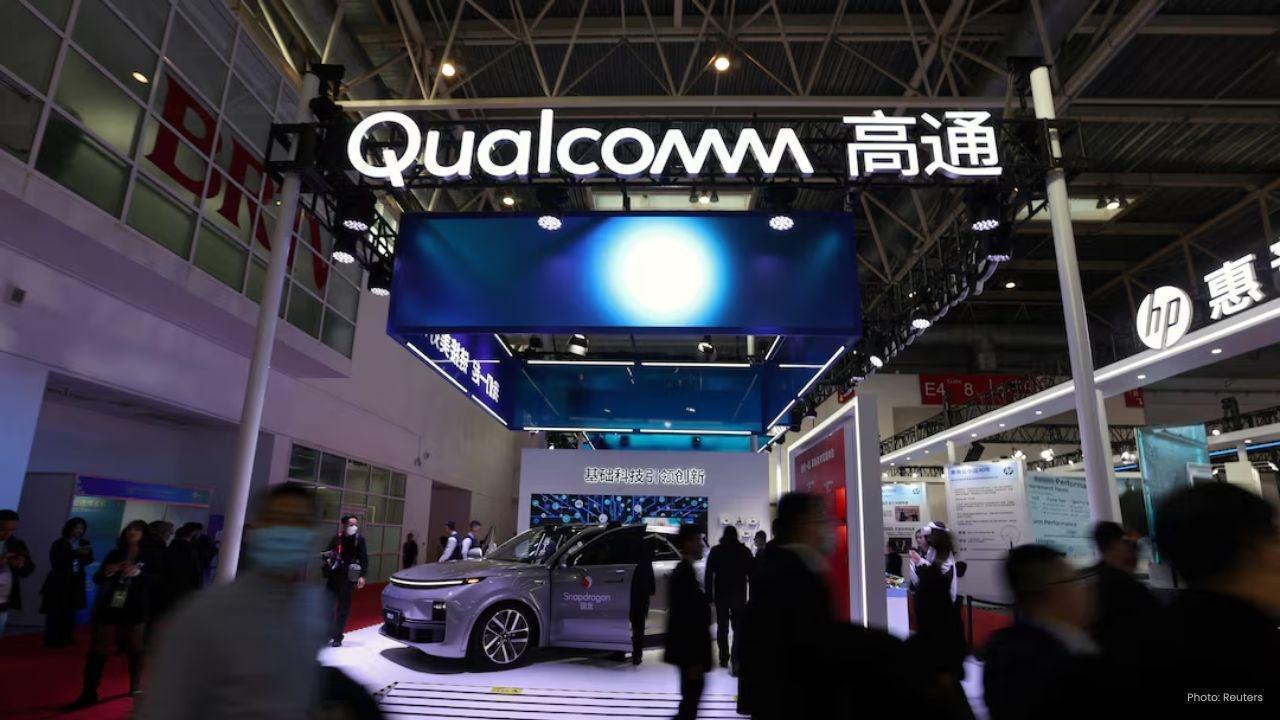

Zohran Mamdani Clinches NYC Mayoral Seat as Victory Speech Blends Politics and Bollywood
Zohran Mamdani won New York City's mayoral race, becoming the city's first Muslim and South Asian ma

India Wins First Women’s World Cup 2025 Title
India lifts its maiden Women’s World Cup 2025 title! Harmanpreet Kaur’s team stuns South Africa in a

Manuel Frederick, 1972 Olympic Bronze Goalkeeper, Dies at 78
Manuel Frederick, a member of India’s 1972 Olympic bronze hockey team, has died in Bengaluru at 78 a

Muhammad Hamza Raja Wins IFBB Pro Card Puts Pakistan & UAE on Global Stage
Pakistani bodybuilder Muhammad Hamza Raja earns IFBB Pro Card in Czech Republic, showcasing Dubai’s

Shreyas Iyer’s Recovery Underway After Spleen Laceration in Sydney ODI
Shreyas Iyer is recovering after a spleen laceration sustained while taking a catch in the Sydney OD

Qatar Ready to Host FIFA U-17 World Cup 2025 in Aspire
Qatar confirms full readiness to host the FIFA U-17 World Cup 2025 from November 3–27, with world-cl